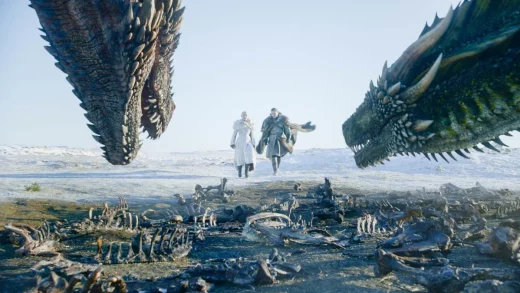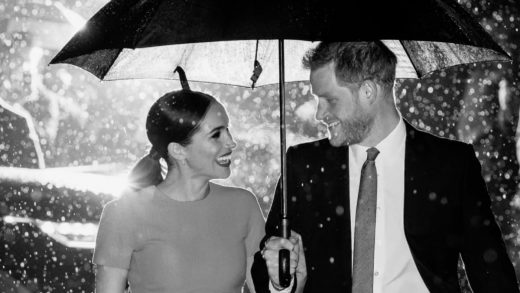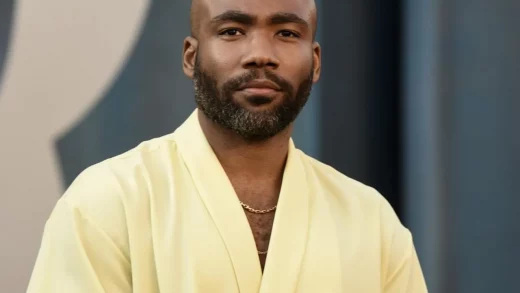:format(webp)/https://www.thestar.com/content/dam/thestar/entertainment/opinion/2022/12/28/20-years-after-the-movie-chicago-shimmied-into-the-limelight-its-more-resonant-now-than-ever/chicago_2.jpg)
Facebook was not yet a thing. Neither was YouTube.
Kelly Clarkson had just been declared the first ever winner of the first ever season of “American Idol,” Britney and Justin were freshly kaput, and the phrase “axis of evil” sat newly in the breeze, courtesy of one George W. Bush.
It was in this cultural CO2 that “Chicago” came shimmying into theatres exactly 20 years ago this week: a big, bawdy movie update of a beloved musical that not only proved to be one of the deftest transfers ever from stage to screen but would, in the months ahead, go on to mine Oscar gold. Cinching 13 nominations in total and taking the Academy Award for Best Picture, it would effectively end a 34-year drought for a musical nabbing the big prize but — alas — remains a feat not managed since.
Murder, media, treachery and fame: the Roaring Twenties grab-bag for “Chicago,” as long-time fans know well. And all that jazz! A plot that started as a play written by one-time Chicago Tribune journo Maurine Dallas Watkins was remade as a film twice (once with Ginger Rogers) and later morphed into a musical via Bob Fosse (mounted on Broadway in 1975, it was revived again in the 1990s and, once “Phantom of the Opera” finally closes next year will — psst — officially be the longest running musical on the Great White Way).
That amounts to over 10,000 performances — plus an Oscar-winning film — zeroing in on thirsty chorus member Roxie Hart and fading vaudeville star Velma Kelly, both of whom find themselves accused of grisly murders and who see murder as a path to celebrity. Renée Zellweger famously did the anti-heroine honours as Roxie on the big screen, while Catherine Zeta-Jones expertly took on wicked Velma. Chicago’s slickest lawyer, Billy Flynn? Richard Gere! Rounding out the ensemble in the film, in yummy supporting turns: Queen Latifah and John C. Riley.
Fosse himself hoped to make the film, but he died before he could, and the long-gestating project eventually went to director Rob Marshall, a theatre vet.
Its success? Largely due to him, because though all its parts combined to form a shimmering whole — the acting, the dancing, the costume design and choreography, the production design and sound — it was the way he essentially rewrote the rule book for musical adaptations that did the trick, as most critics noted in 2002. Because this is a genre that very much hinges on suspension of disbelief — audiences are seemingly fine with flying superheroes and other things routine in movieland, but singing for no reason can be trying — what works onstage does not always cook onscreen.
Marshall knew that going in. Especially — and most significantly — because western audiences had grown out of the habit of watching movie musicals as they largely faded from view (and as any analyst of taste will tell you: we like what we know).
Some might say that “Moulin Rouge!” walked so “Chicago” could run (the Nicole Kidman/Ewan McGregor sizzler had debuted the year before), but movie blogger Erik Anderson best summed up things when he wrote this week in AwardsWatch: “Movie musical adaptations of stage shows had fallen far out of favour by the turn of the millennium, killed by the wave of 90s (sic) cool that emphasized ironic detachment over surface-level glitz and glamour.”
Marshall, however, found the perfect remedy: every single song in “Chicago” was actually taking place in the lead character’s head, so these were no longer musical set numbers, per se, but rather elaborate fantasies (a plunge, i.e., into the pathology and backstory of Ms. Hart). B-I-N-G-O: a game-changer for the genre. Why the reviews were giddy (“Chicago” “delivers the sexy razzle-dazzle that everyone has been hoping for,” the Hollywood Reporter declared) and the box office sizable (made for a moderate budget of $45 million U.S., it would rake in $306 million worldwide, making “Chicago” the highest-grossing musical in history at the time).
All the sort of things that helped carry it along on the awards season current in 2003. Looking back, people in this town were especially invested since “Chicago” … was actually Toronto! Famously filmed here, it used such locations as Queen’s Park, the former Gooderham and Worts Distillery, Casa Loma, Union Station, the Canada Life Building, Danforth Music Hall and Old City Hall.
Oscar-wise, movie nerds will argue that some of the titles it was up for against had more gravitas — films in contention included “The Pianist” and “The Hours,” among others — but it was clearly the right movie for the right moment. Not just because of its revival of a whole genre and flattering callback to Old Hollywood, but — I would argue — because its lurid tale of spectacle and idol-worship resonated in a culture just a few years out of the O.J. Simpson case. You know: the whole idea of a criminal as celebrity, all the people involved in a murder trial turning into celebrities themselves and bottomless appetite for voyeurism from the public itself?
Rewatching “Chicago” again not long ago, I was struck by how much it stands up — not just the filmmaking, but the extent to which its themes are even more resonant now. For one: it syncs up with the true crime boom of recent years, both in podcasts and streaming (it started with “Serial” and “The Jinx,” spread to things like “The Staircase” and “Tiger King,” and was evident in the sheer number of scammer shows in the last year, including “The Dropout” and “Inventing Anna”).
While there has been a prurient interest in crime for as long as there have been humans — “Chicago” itself was inspired by a true-crime obsession with two real-life vixens of the Jazz Age known as Beulah Annan and Belva Gaertner — the spectacle seems even more pervasive now. See, for instance, the case of Amanda Knox: the young woman who spent four years in an Italian prison when she was accused of murdering a fellow exchange student and, later exonerated, whose case spurred a blanket of coverage and Twitter detectives. In the way her story was strung and image was constructed, she was very much presented as a modern-day Roxie Hart.
But the movie also seems extra modern in that — 20 years later — we live in a world where fame itself has metastasized.
Swelled by social media and reality TV, ours is a world of TikTok influencers, “personal brands,” Housewives, Bachelorlebrities and … well … endless Roxie Harts! Fame is the terminus and it as Roxie herself says in the film: “I’m gonna be a celebrity, that means somebody everyone knows. They’re gonna recognize my eyes, my hair, my teeth, my boobs, my nose.”
JOIN THE CONVERSATION



